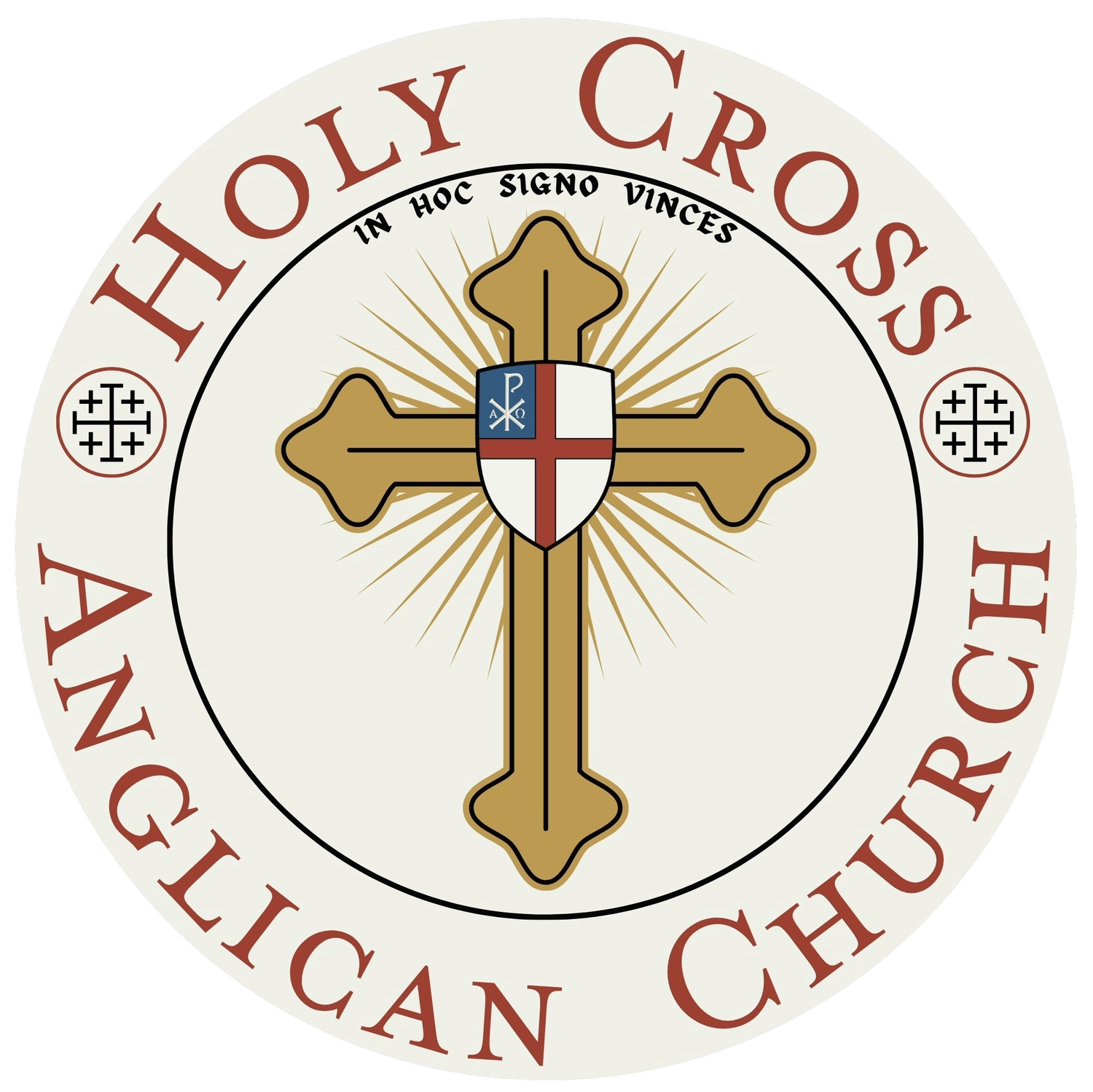What We Believe
“The Anglican Communion has no peculiar thought, practice, creed or confession of its own. It has only the Catholic Faith of the ancient Catholic Church, as preserved in the Catholic Creeds and maintained in the Catholic and Apostolic constitution of Christ’s Church from the beginning.” – Archbishop Geoffrey Fisher (1945-1961)
Our Common Prayer & Worship
“…that we, and all others who shall be partakers of this Holy Communion, may worthily receive the most precious Body and Blood of thy Son Jesus Christ, be filled with thy grace and heavenly benediction, and made one body with him, that he may dwell in us, and we in him”.
– Book of Common Prayer (1928)
We profess the orthodox Christian Faith as received in the canonical Holy Scriptures, the three ancient Creeds, the Seven Ecumenical Councils, the consensus of the Church Fathers, and the Holy Tradition of the ancient and Undivided Church of the first millennium. We celebrate the seven Holy Sacraments of the historic Church. We joyfully proclaim the timeless Gospel of our Savior to all the world. We maintain the historic Catholic faith in the Anglican tradition and conduct our services through the use of the 1928 Book of Common Prayer.
For over 2,000 years, the central act of Christian worship has been the Holy Eucharist (also called Holy Communion, the Lord’s Supper, or the Mass). During this time of prayer, preaching, and singing, we offer to the Lord our sacrifice of praise and thanksgiving while also receiving from Him the precious gift of Jesus’ Body and Blood. As Anglicans, we submit ourselves to the liturgy and worship using the 1928 Book of Common Prayer. This time-tested volume contains the ancient services and prayers of the historic church as they have been received by English-speaking Christians. More than a comprehensive service book for Anglican churches, it is a timeless treasure that shapes both how we worship and what we believe since it was first introduced almost 500 years ago. Beloved by traditional Anglo-Catholics in the United States, some 80% of its text comes from direct quotes or summations of Holy Scripture.
Our primary service is the Holy Eucharist, with services on Sunday at 10:30 am and Wednesday evenings at 6 pm. During worship at Holy Cross, you will witness many things you might not be used to, such as bowing, kneeling, genuflecting, and making the sign of the cross. As a visitor, we do not expect you to know all the gestures and postures. We invite you to participate at your comfort level or simply to observe for the first few times you come. For additional insight, please visit our YouTube channel and download a copy of our Visitor’s Guide (updated version to be available soon!); both will walk you through the liturgy, give direction, and explain the significance of what we do and why we do it. Finally, many visitors found helpful certain resources regarding the Holy Eucharist and other parts of our liturgy located here.
The Anglican Church
The Anglican Church is a branch of the One, Holy, Catholic and Apostolic Church instituted by Jesus Christ and, as the last repository of ancient Western Christianity, is the purest form of historical Catholicism in the West. The word “Anglican” refers to our spiritual heritage and roots in the Church of England. Traders, merchants, and soldiers seem to have brought the Christian Faith to Britain shortly after it became part of the Roman Empire in the middle of the first century after Christ. Sixteen hundred years later, during what most of Europe called the Continental Reformation, the Church of England emerged from its English Reformation as a unique institution. It retained its “Catholic” heritage enshrined in the Creeds, the theology of the General Councils, its liturgy and sacraments, and in the threefold ministry of bishops, priests, and deacons in succession from the original Apostles. It “reformed” itself by eliminating some nonessential accretions of the later medieval Church, by restoring much of the practice of the earliest Christians, and by returning to the belief that Holy Scripture is the rule and guide of faith. It is in this sense that Anglicanism is both “Catholic and Reformed” while being neither Roman Catholic nor a Protestant denomination. Instead, Anglicanism maintains the faith of the ancient, undivided Church founded by Christ himself, proclaimed throughout the ages, recovered in the English Reformation, and whose practices and doctrines are elucidated within the Thirty-nine Articles of Religion.
"We do show it plainly that God's holy Gospel, the ancient bishops, & the primitive Church do make on our side" — John Jewel, Bishop of Sansbury
Brief History
Members of the Church of England came to America in the sixteenth and seventeenth centuries. In many of the original colonies, the Church of England was the established or official Church. After the Revolution, American Anglicans established an autonomous branch of the Church, which became known as the Episcopal Church. Starting in the 1970’s this body began to revise its worship and theology. The end result was a near abandonment of the ancient Christian faith. Faithful Episcopalians couldn’t sit by and watch their Church spiral into false teaching, and so the Continuing Anglican movement was birthed. These dioceses formed as an alternative to the Episcopal Church with the intent of “continuing” the historic Christian faith as received in the Anglican tradition.
Holy Cross, started in 2004, is a parish within this Continuing Movement and is under the jurisdiction of the Anglican Province of America, which faithfully commits to maintaining the historic Catholic faith in the Anglican tradition across its parishes.
Beliefs
The beliefs of the Anglican Church are best expressed in the words of Holy Scripture as interpreted by the Church Fathers, the three historic creeds – the Apostles’, the Nicene and Athanasian – and the Book of Common Prayer. The brief points addressed below will help distill those teachings:


